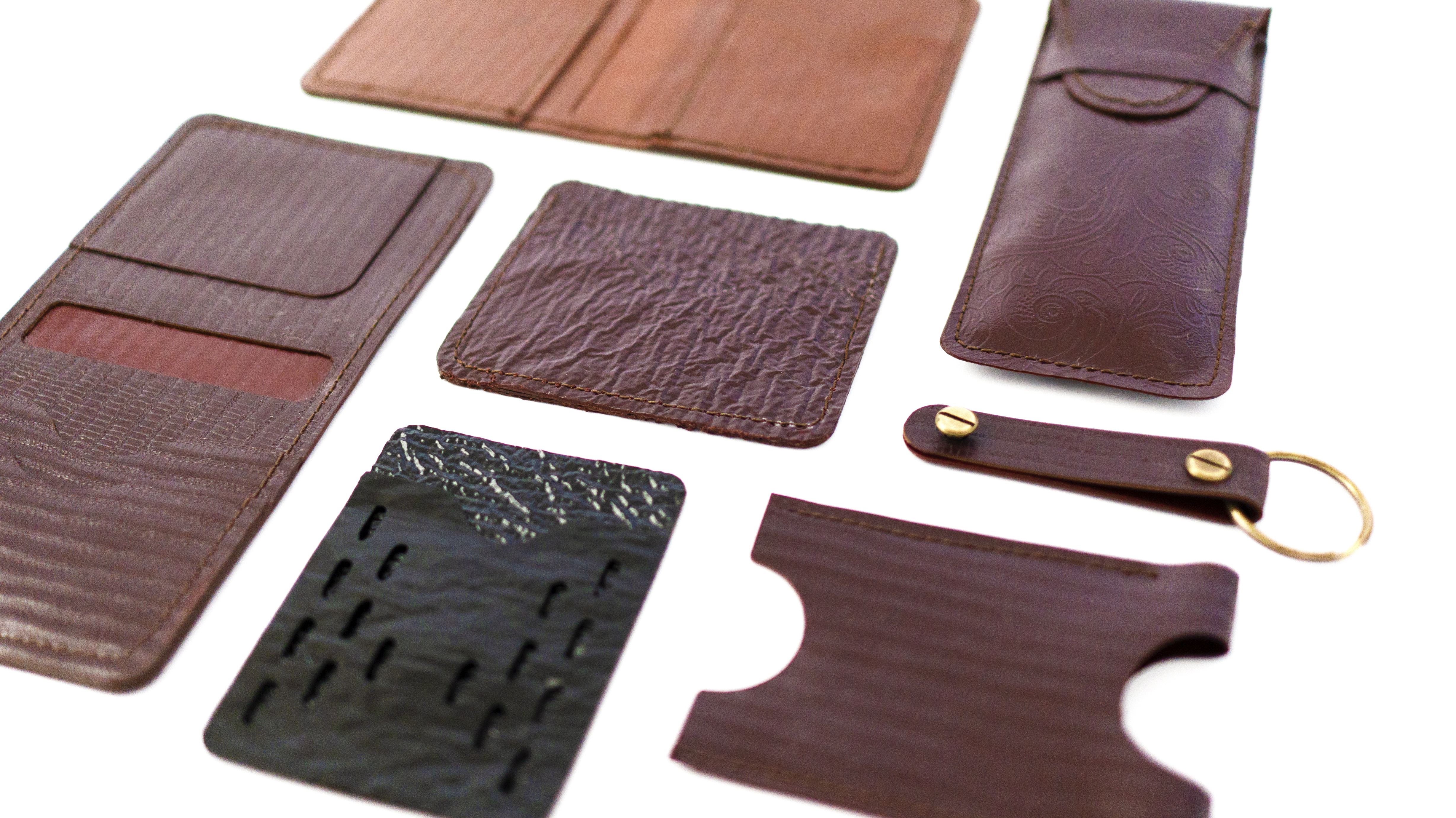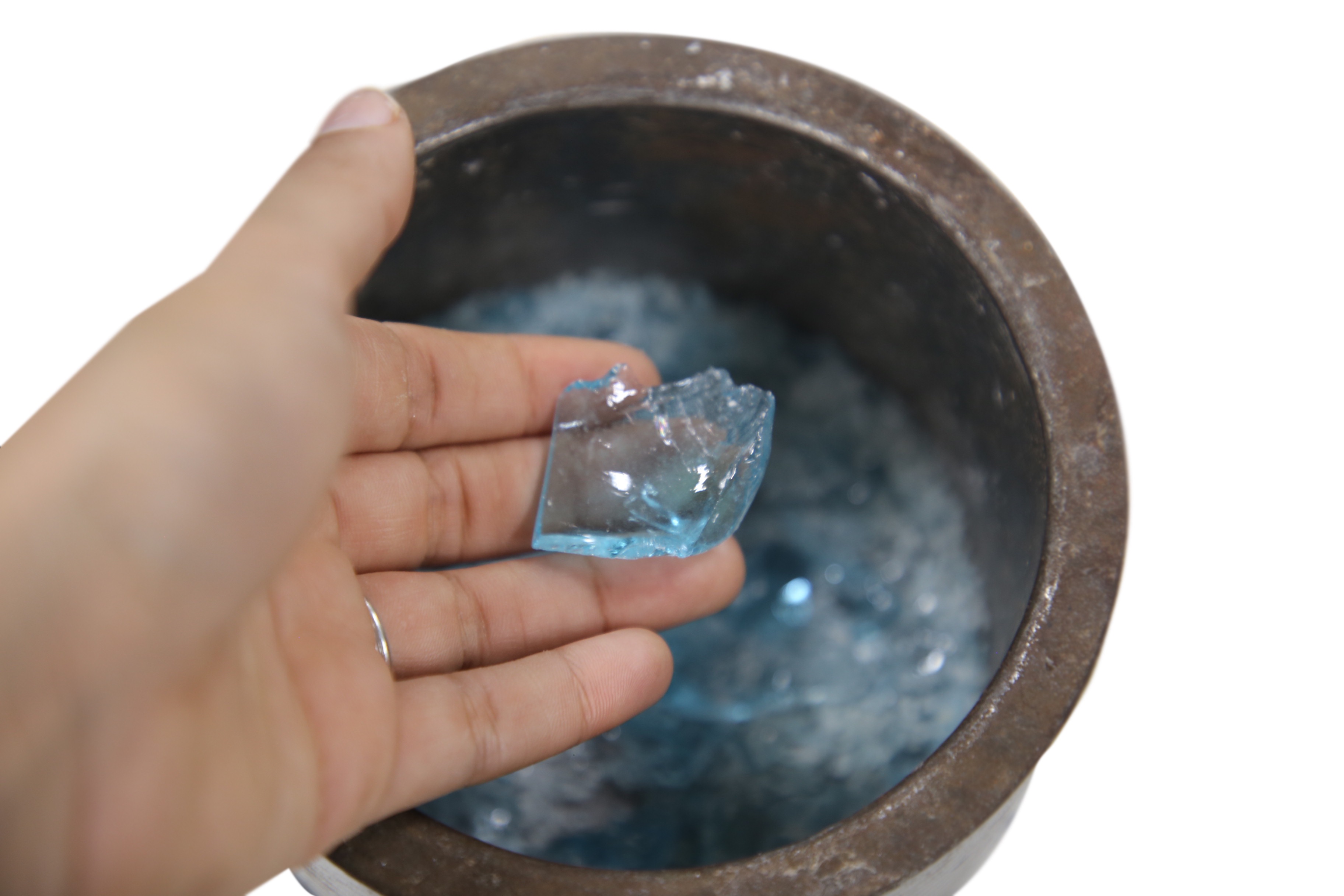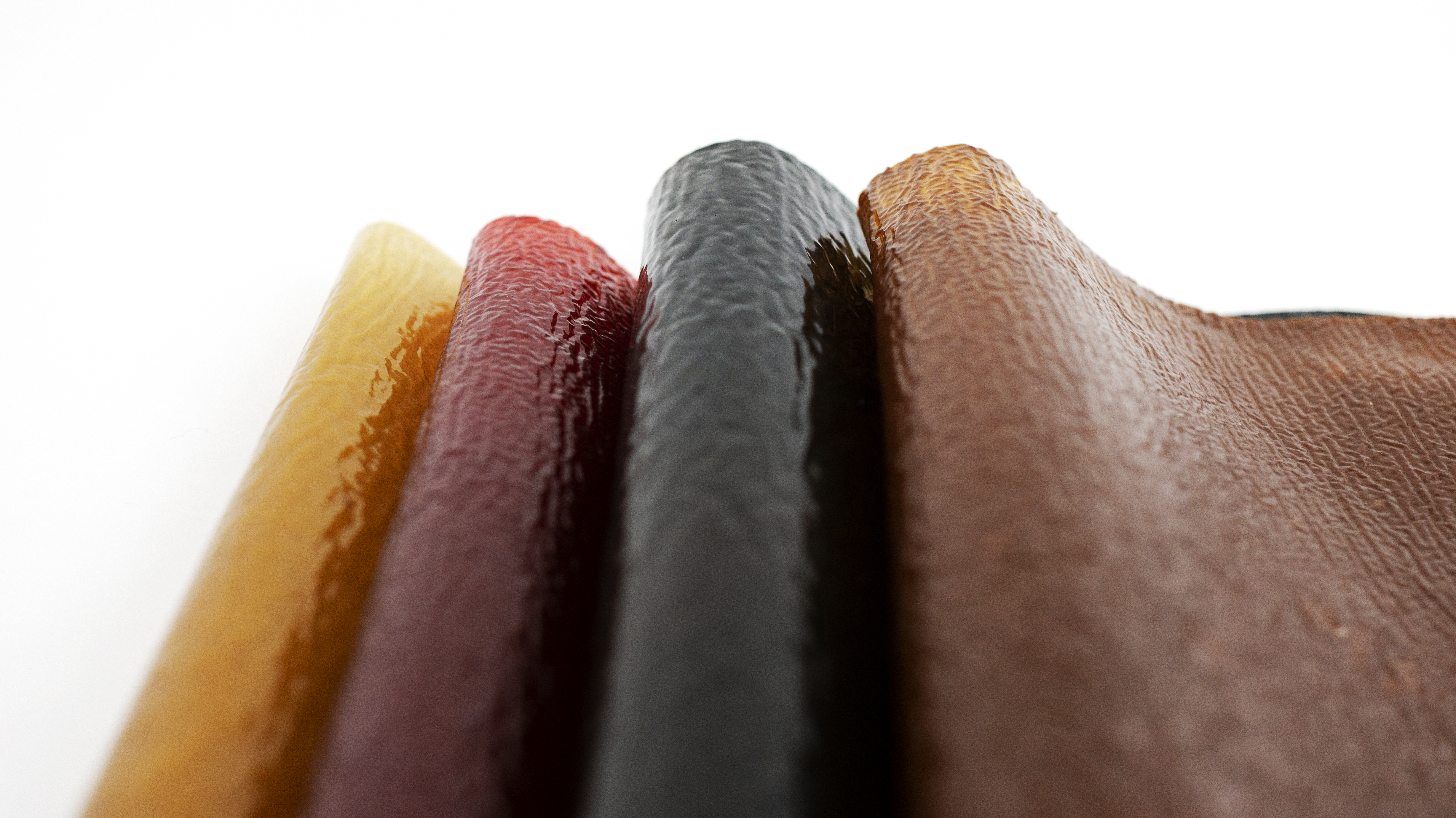The world needs interdisciplinary creators who are designing not just for humans, but for the rest of the living planet. To foster this thinking, Biodesign Challenge (BDC) pairs university and high school students with artists, designers, and biologists. Together they create projects that envision new and critique current applications of biotechnology.
These projects reimagine fashion, food, energy, medicine, architecture, materials, bioethics, and more. As a way to share these artworks and designs with a global audience and encourage public dialogue, BDC is publishing their first book. Through essays and project highlights, pioneers and BDC alumni explore the future of biodesign and its role in shaping people’s identities, cultures, and relationships with the living environment.
Over the last five years, BDC alumni have used biotechnology to rethink and redesign the circularity of materials. The following projects are a sampling of the 28 featured in the book.
Turning food waste into fashion
Project: Tomtex, Parsons School of Design, 2020

For decades, designers have been searching for cleaner, less expensive alternatives to leather. Vietnamese designer, Uyen Tran, created Tômtex: a leather-like biomaterial that can be fabricated from items you’d throw in the trash. She uses crustacean shells (“Tôm” is Vietnamese for “shrimp”) which are dyed with coffee grounds. Her biomaterial recipe upcycles the more than 17 million tons of seafood waste and coffee grounds that make their way to the world’s landfills each year. It replaces the heavy environmental cost of leather processing, which includes not only harsh chemicals but large amounts of water. Tômtex aims to make fashion more honest about its environmental impact and creates local, closed-loop systems for materials.
Making invasive species a valuable resource
Project: Zebra Glass, College for Creative Studies, 2020

The proliferation of invasive zebra and quagga mussels in the Great Lakes has overwhelmed native species. Attempts to remove them have failed and at times have even been detrimental to the ecosystem. Color and materials design students based in Detroit decided to reframe the problem: consider the mussels as an overabundant resource rather than an “othered” biological threat. The students ground down the mussel shells to use as a source of calcium carbonate for making lime-soda glassware. The result is a brilliant blue glass, which they called Zebra Glass. It is a result of the high copper content of Lake Michigan and can be a new material for local artisans, artists, and craftspeople.
Growing animal-free clothing
Project: Kerasynth, Maryland Institute College of Art, 2018

More than 100 million animals are killed annually for their fur, feathers, and scales. Alumni from Maryland Institute College of Art set out to find a way to grow wool and fur without animals. According to a Japanese study on baldness, human hair follicles can thrive and grow when embedded in nude patches of mouse skin. Using this as inspiration, the students imagined implanting animal follicle cells into a microfluidic device that could act as a synthetic skin to house tiny capillaries that flow fluid and nutrients. They imagined the “skin” growing fur and wool on racks of microfluidic sheets, which would then be cut just as sheep are sheared. Kerasynth could even produce fur from extinct animals like wooly mammoths by using bioengineered cells.
Beyond being a primer on biodesign, BDC’s first book, Biodesign Challenge: A Retrospective, is a celebration of the first five years of BDC; it’s a catalog for the forthcoming Retrospective exhibition at the University City Science Center in Philadelphia (spring 2022); and it’s a deep dive into the minds behind biodesign. The book is being published by Biodesign Challenge and is forthcoming in spring 2022.
More bio textiles? Meet six designers changing the future of fashion

Share your thoughts and join the technology debate!
Be the first to comment